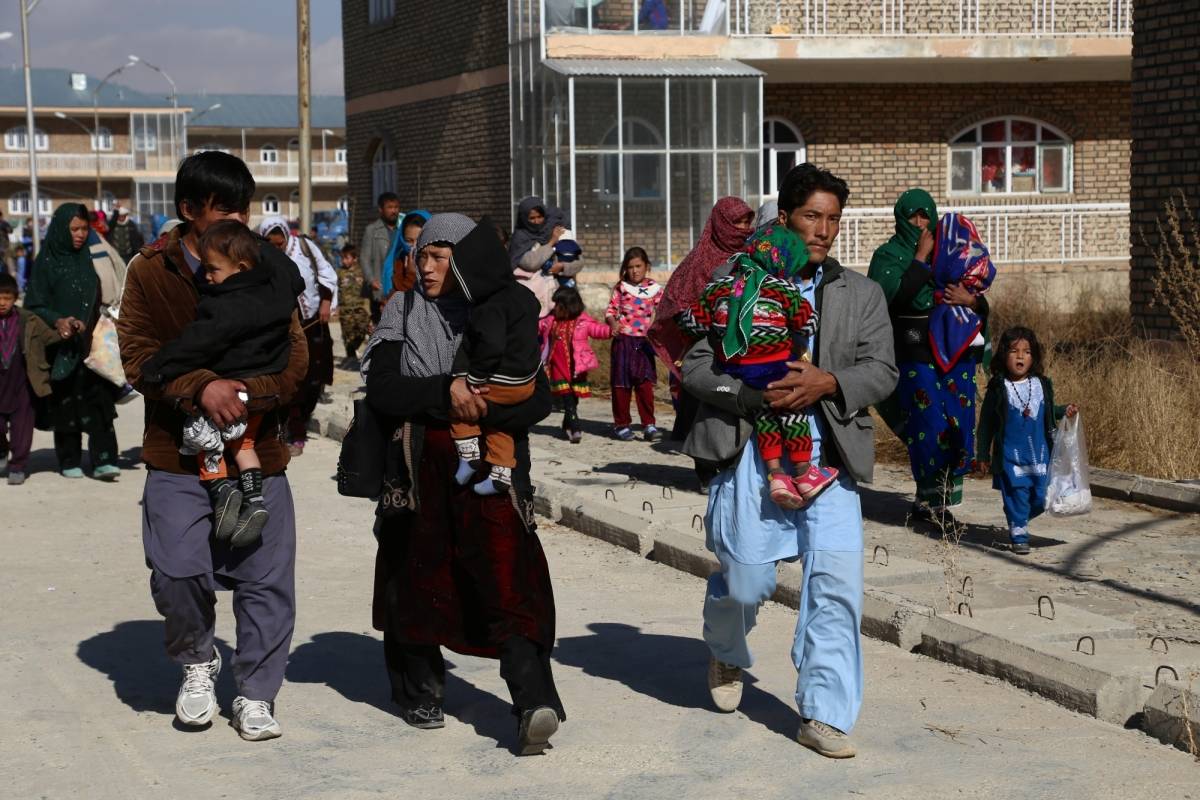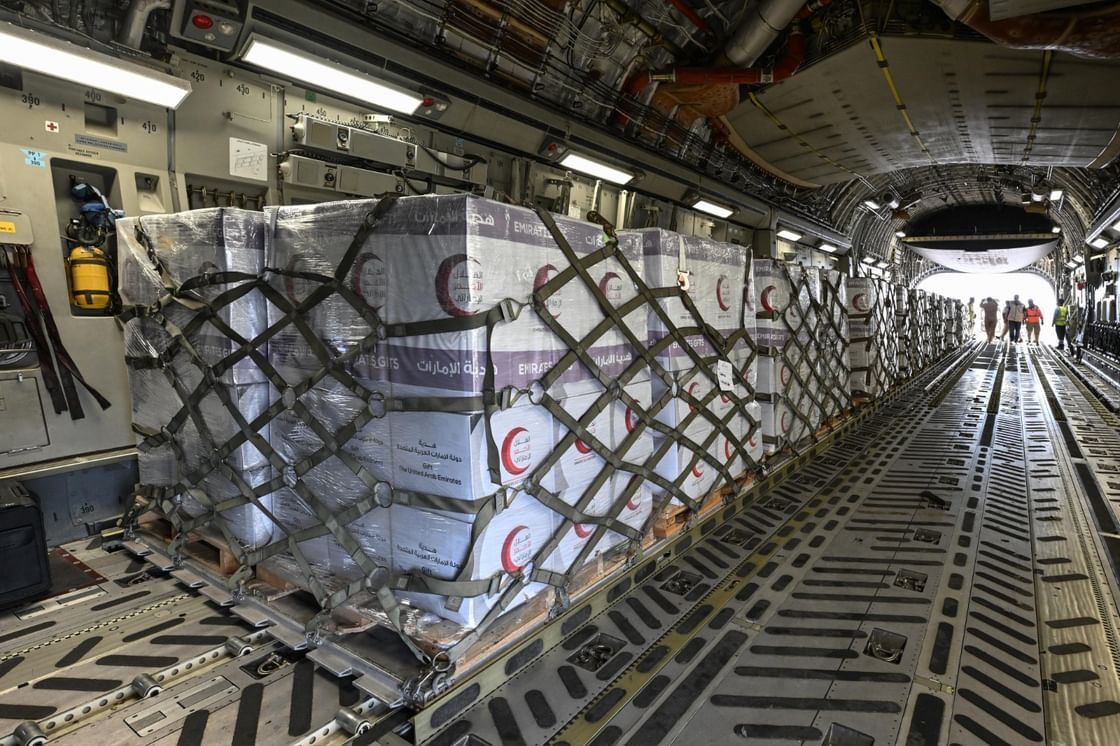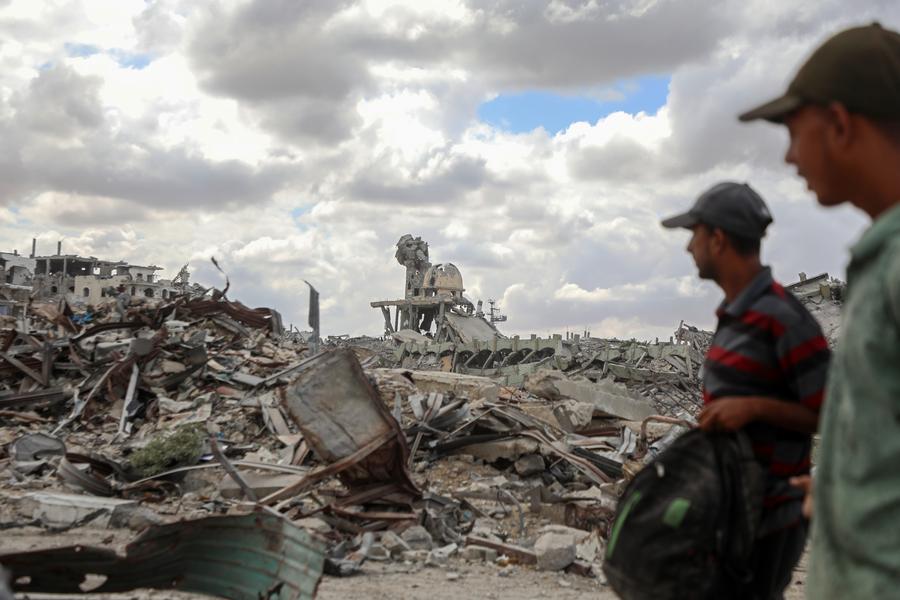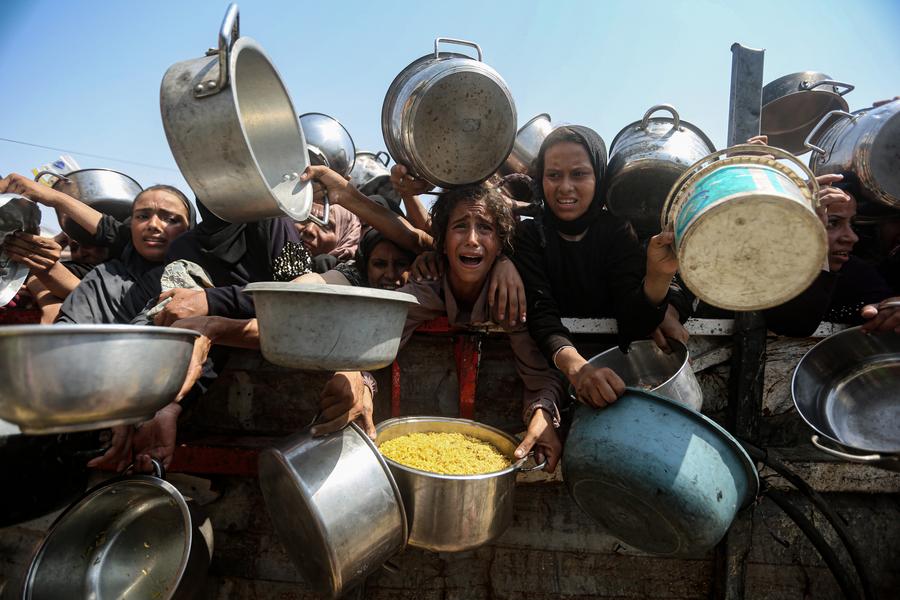Earlier this month, the World Bank in a report said that Afghanistan’s struggling economy has led to deflation and poverty, Khaama Press reported. This deflationary trend persisted from April 2023 to December 2023…reports Asian Lite News
The World Health Organization has announced that more than 286,000 people have been afflicted with respiratory illness in Afghanistan since the beginning of January 2024. Among those, 668 people have lost their lives, Afghanistan-based Khaama Press reported.
On February 24, the WHO reported hundreds of deaths and infections due to respiratory illness in Afghanistan, coinciding with the onset of winter, according to the report.
According to the World Health Organization, the rise in the number of people afflicted with respiratory issues is due to cold weather conditions, particularly affecting children, according to the Khaama Press report.
According to a WHO report, more than 63 per cent of the patients are children aged below five years, with nearly 50 per cent of them being women.
Previously, the World Health Organization stated that the average recorded statistics of respiratory illnesses in Afghanistan have increased in comparison to the same period from 2020 to 2022.
With the arrival of the cold season and increased air pollution, concerns over the spread of respiratory illnesses in Afghanistan have intensified. Previously, thousands of people died due to acute respiratory illnesses in Afghanistan, Khaama Press reported.
Amidst the increased deportation of Afghan refugees from neighbouring countries like Pakistan, more than half a million people are returning home and face dire conditions like lacking food, shelter, water, and job opportunities.
Earlier this month, the World Bank in a report said that Afghanistan’s struggling economy has led to deflation and poverty, Khaama Press reported. This deflationary trend persisted from April 2023 to December 2023.
According to the report, Afghanistan has been facing economic challenges due to reduced aggregate demand, including factors like the stronger local currency, dwindling household savings, reduced public spending, and the ban on opium cultivation causing farmers to lose income.
Afghanistan has witnessed a significant decrease in headline inflation, with a negative 9.7 per cent year-on-year rate in December 2023. Food inflation reduced to negative 14.5 per cent and non-food inflation dropped to negative 4.2 per cent, reflecting weak demand. Core inflation, excluding food and energy prices, also reduced to a negative 6.0 per cent year-on-year.
These economic struggles have increased unemployment and pushed half of the population into poverty, with 15 million people facing food insecurity. Coal exports dropped by 46 per cent in 2023 to USD 257 million.
Furthermore, food exports witnessed a rise of 13 per cent, reaching USD 1.3 billion. Textile exports increased by 46 per cent in 2023 and reached USD 281 million, with Pakistan and India remaining primary export destinations. Imports in Afghanistan increased by 23 per cent in 2023 and reached USD 7.8 billion, with food, minerals, and textiles making up a major portion. (ANI)













